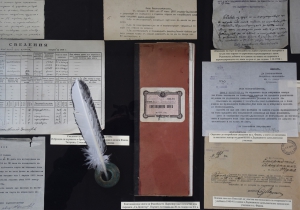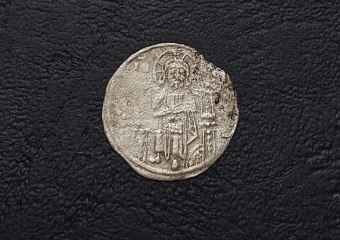On the eve of the National Holiday, March 3, the Regional Historical Museum in Burgas will present the exhibition "The Saved Church Archive of the Village of Fakia"
 The exhibition presents the history of the village of Fakia, preserved in the archive of the local parish priests in the post-liberation period: from the end of the 19th century to the 60s of the 20th century.
The exhibition presents the history of the village of Fakia, preserved in the archive of the local parish priests in the post-liberation period: from the end of the 19th century to the 60s of the 20th century.
The archive, quite naturally, was collected by the employees of the Ministry of Internal Affairs - Sredets, who, during an expedition to Strandzha, found that it was in a deplorable condition and was in an environment extremely harmful to its survival. Today, saved, cleaned, stored in a safe place, this set of documents reveals a colorful picture of village life. The study of church archives opens up new opportunities for historical science, for local knowledge, and their proper preservation will long preserve the memory of people, of their way of life and culture, of their manners and morals, which can always serve as an example for future generations.
The topics that are presented are from the daily life of priests, church and church network, school and priests, state and church: The priest perceives his profession above all as a vocation, as a service to God and people. In the past, it was one of the most significant figures in society: a spiritual leader, guardian of ethical and moral norms. His role as an educator is particularly important. The diverse archival wealth complements this image with details of the life of the village priest, with difficulties and trials he faced, the mechanisms for the preservation of the value system of the people of the parish. The church archive, in addition to the affairs of the institution, also provides information on economic life in the village and the parish, enriching the economic picture of the area.
The opening of the exhibition will take place on March 2, 2023 at 4:45 p.m. in the Historical Museum - 31 Lermontov Street. Welcome.


Comments
comments powered by Disqus